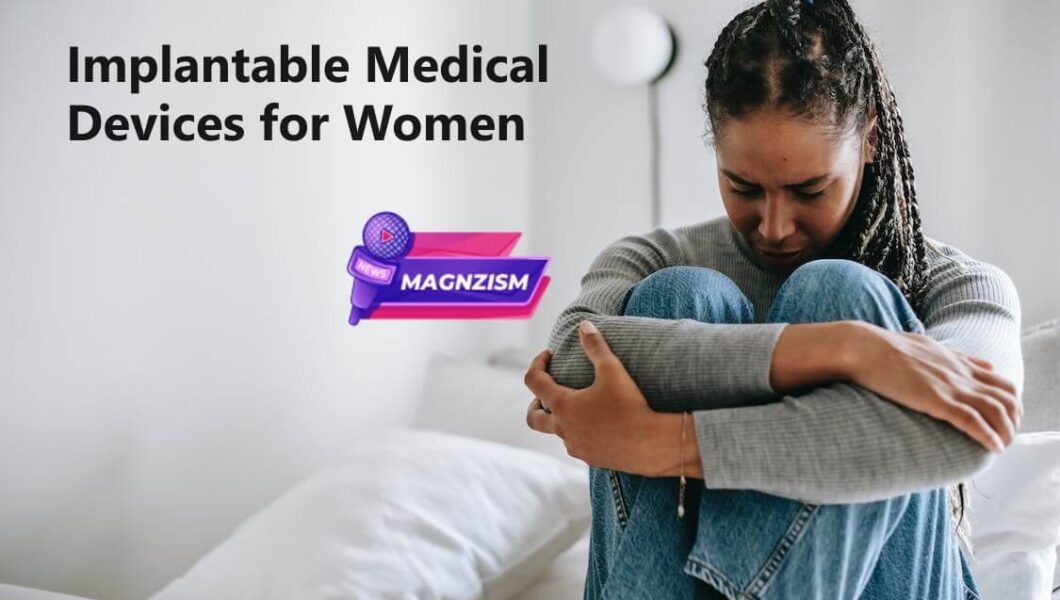Implantable medical devices are a technological marvel. However, some, especially the ones manufactured for women, fail or malfunction. Research suggests that gender bias and inadequate research are the reasons behind these failures.
The thing is, these implantable devices pose a much higher threat when they fail inside a woman’s body. For instance, they can develop internal pain, discomfort, and organ damage.
Did you know that a company selling such defective devices without warning consumers can face legal consequences? Yes, affected women and their families will file lawsuits to hold them liable for the physical and emotional damages.
In this blog, we will talk about three medical device failures that forced women to file lawsuits and seek compensation.
#1. Pelvic Mesh
A transvaginal or pelvic mesh is a surgical device made from biological materials or synthetic polymers. It’s usually permanently implanted to repair stress urinary incontinence (SUI) and pelvic organ prolapse (POP).
This screen-like material can reinforce the woman’s tissue, bone, and vaginal walls. It also supports the bladder and urethra to repair pelvic floor disorder symptoms.
However, these devices used low-quality materials that eventually eroded and broke inside the woman’s body. As a result, the pieces of the mesh migrated, leading to organ perforation, infections, pain, bleeding, urinary problems, etc.
Women who suffered the consequences of using vaginal mesh filed lawsuits against the manufacturers to gain compensation for the damages. The companies in this product liability trial were Ethicon, C.R. Bard, Coloplast, Boston Scientific, etc. On average, individual settlements can range between USD 150,000 and USD 400,000, based on the circumstances of each lawsuit.
Over 100,000 claims were filed, and 95% of them have already been settled. As of 2024, the defendants successfully paid almost USD 8 billion to settle most of the claims. For example, one of the largest settlement amounts was USD 830 million for 20,000 cases.
#2. Copper Intrauterine Devices (IUDs)
Women were overjoyed when copper IUDs were first introduced by Teva Pharmaceuticals under the brand name Paragard. Unlike other IUDs, this device didn’t use hormonal intervention to help with birth control. Instead, the copper created an inflammatory reaction that interfered with the sperm’s potency. Those who initially used this device didn’t face any side effects like cramps, irregular spotting, headaches, etc.
These non-hormonal IUDs are 99% effective and can last almost twelve years after insertion. On the other hand, hormonal IUDs can only last three to six years. Due to these benefits, women from all over America used this device without hesitation.
However, they soon realized the serious complications copper IUDs can have on their health. For example, the Paragard IUDs broke and fractured inside the woman’s uterus during removal. Pieces of the device migrated to various organs, leading to perforation, pelvic damage, and internal bleeding.
In most cases, these severe injuries led women to get expensive surgery and medical treatment. That’s why the affected individuals filed a Paragard lawsuit. They chose the legal route to hold Teva Pharmaceuticals accountable for the damages, alleging that they failed to warn them about potential risks.
According to TorHoerman Law, they wanted compensation for the medical expenses they had to pay for the sustained injuries. This legal proceeding also aims to seek payouts for other damages like emotional suffering, loss of life, lost wages, etc.
#3. Breast Implants
Sometimes, women lose their breast size due to pregnancy, cancer, weight loss, age, etc. That’s where breast augmentation comes in. The Mayo Clinic states that women go through this procedure to restore their past appearance and to feel confident.
This type of surgery involves the insertion of plastic prostheses made of silicone gel or saline under the chest muscles. However, not all devices are safe to use or implant.
In 2019, the most commonly used textured breast implants (Natrelle BIOCELL) manufactured by Allergan Inc. issued a recall on their products. They did this because their implants carried a risk of an uncommon disease called anaplastic large-cell lymphoma.
Unfortunately, it was too late by then. Thousands of women had already developed this disease. Among them, 59 patients lost their lives.
Therefore, the victims and their families filed lawsuits against Allergan to seek compensation for wrongful death, medical expenses, permanent disability, and emotional suffering. The lawsuit alleges that the defendants failed to warn consumers about the harmful side effects.
In conclusion, the industry needs to be more vigilant when creating implantable medical devices. Usually, these devices fail because there is inadequate testing and low-quality materials used. The lack of quality control, poor molding, and contamination can also lead to device failure.






